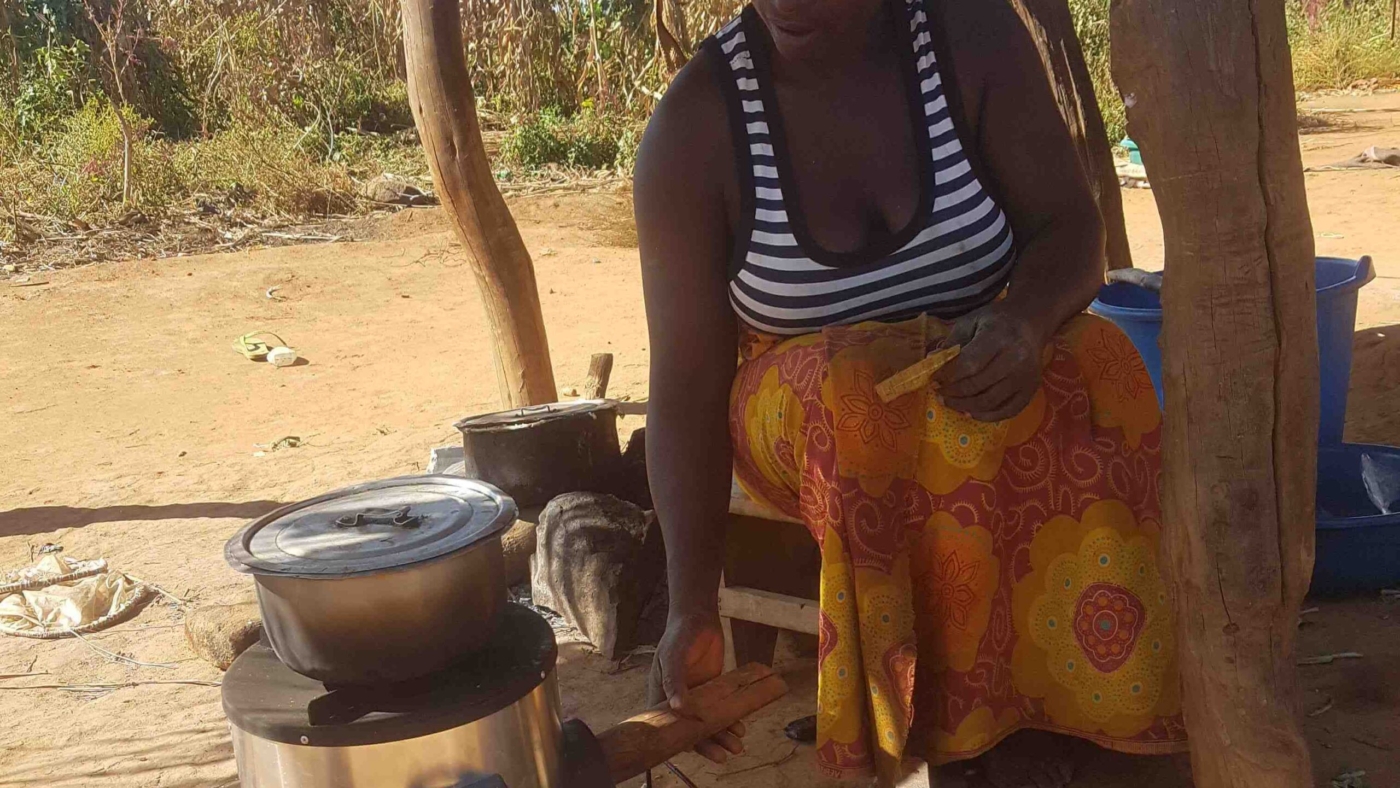In Sub-Saharan Africa, over 83% of the population relies on traditional biomass fuels—such as firewood, charcoal, and animal dung—for daily cooking needs. This widespread dependence has profound implications for public health, environmental sustainability, and gender equity. Clean cooking initiatives are emerging as a vital solution to these intertwined challenges, offering pathways to improved health outcomes, climate mitigation, and socio-economic development.
The Health Crisis: Indoor Air Pollution and Its Consequences
Traditional cooking methods produce significant indoor air pollution, exposing households to harmful pollutants like fine particulate matter (PM₂.₅), carbon monoxide, and black carbon. These pollutants are linked to respiratory infections, cardiovascular diseases, and other health issues. The World Health Organization estimates that household air pollution from cooking with solid fuels contributes to approximately 3.8 million premature deaths annually, with women and children being the most affected .
Environmental Impact: Deforestation and Emissions
The use of biomass fuels for cooking contributes to deforestation, as trees are cut down for firewood and charcoal production. This not only depletes forest resources but also reduces carbon sinks, exacerbating climate change. Additionally, cooking with traditional fuels emits significant amounts of greenhouse gases and black carbon, a potent climate pollutant. In 2020, annual CO₂ emissions from cooking were estimated at 1.69 gigatons, surpassing emissions from the global aviation sector .
Socio-Economic Dimensions: Gender Inequity and Economic Burden
Women and girls often bear the responsibility of collecting firewood, a task that can consume several hours daily. This labor-intensive chore limits their opportunities for education and income-generating activities. Moreover, the financial burden of purchasing traditional fuels can strain household budgets. Transitioning to clean cooking solutions can alleviate these burdens, promoting gender equity and economic empowerment.
Clean Cooking Solutions: Innovations and Initiatives
Various technologies and programs are being implemented to promote clean cooking in Africa:
-
Improved Cookstoves: Efficient stoves that use less fuel and emit fewer pollutants. For example, Mukuru Clean Stoves, founded by Kenyan entrepreneur Charlot Magayi, offers affordable stoves that significantly reduce emissions and have positively impacted millions .
-
Alternative Fuels: Bioethanol and liquefied petroleum gas (LPG) are cleaner alternatives to traditional biomass. Companies like KOKO Networks in Kenya provide bioethanol fuel and stoves, reaching over a million households.
-
Carbon Financing: Some initiatives leverage carbon credits to fund clean cooking projects. For instance, BURN Manufacturing in Kenya has sold millions of efficient cookstoves and utilizes carbon financing to support its operations.
Policy and Investment: Scaling Up Efforts
To achieve universal access to clean cooking, substantial investments and supportive policies are necessary. The International Energy Agency estimates that an annual investment of $4 billion is required to meet this goal by 2030. Governments are setting ambitious targets; for example, Tanzania aims to increase clean cooking adoption to 80% by 2034. International partnerships and funding mechanisms are also crucial to drive progress.
Conclusion: A Pathway to Sustainable Development
Clean cooking initiatives are pivotal in addressing health risks, environmental degradation, and socio-economic disparities in Africa. By adopting and scaling up clean cooking solutions, the continent can make significant strides toward achieving health improvements, climate goals, and gender equality. Collaborative efforts among governments, private sector players, and international organizations are essential to realize this transformative potential.

Add a Comment